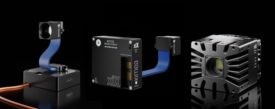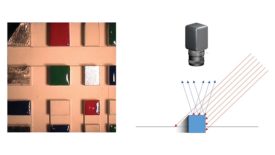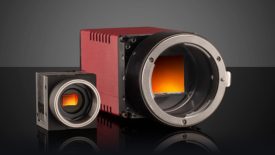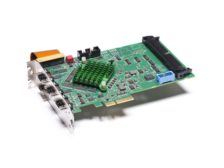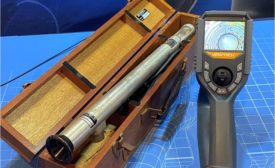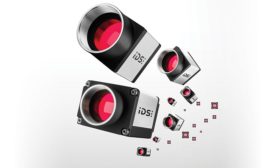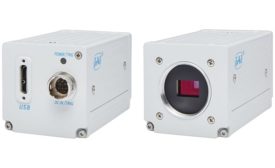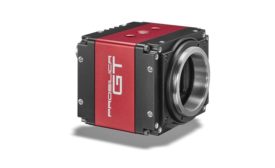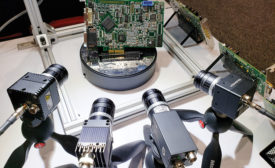Home » cameras
Articles Tagged with ''cameras''
Vision & Sensors | Machine Vision 101
Optics 101: Assembling a Machine Vision System
Defining the needs of the system will refine the choices for types of cameras, imaging lenses, and illumination schemes.
May 1, 2022
Vision & Sensors | Robotics
The Rise of Smarter Robots
Using a high-quality 3D camera, the robot can locate the part, regardless of orientation, and provide pick coordinates to the robot.
March 1, 2022
Vision & Sensors | Sensor Trends
Growing Sensor Sizes And Uncertainty In Pairing Lenses and Cameras
Lens and camera manufacturers need to collaborate to develop new mounting standards for the new, large sensor formats already on the market, as well as the ones that will be introduced.
January 1, 2022
Vision & Sensors | Machine Vision 101
Camera Link Standard Continues to Evolve with Machine Vision Industry
Although more than two decades old, camera link shows no sign of slowing down.
September 1, 2021
Latest Developments in Borescope Technology: Dual Camera Modules
Breakthroughs in materials, electronics and manufacturing techniques have led to innovations that have greatly expanded the capabilities of borescopes.
April 1, 2020
Applying the CoaXPress Interface in Multi-Camera Machine Vision Systems
Multiple camera systems have been a fixture in machine vision for decades. What is new is the use of CXP.
January 1, 2020
Stay in the know with Quality’s comprehensive coverage of
the manufacturing and metrology industries.
eNewsletter | Website | eMagazine
JOIN TODAY!Copyright ©2024. All Rights Reserved BNP Media.
Design, CMS, Hosting & Web Development :: ePublishing
